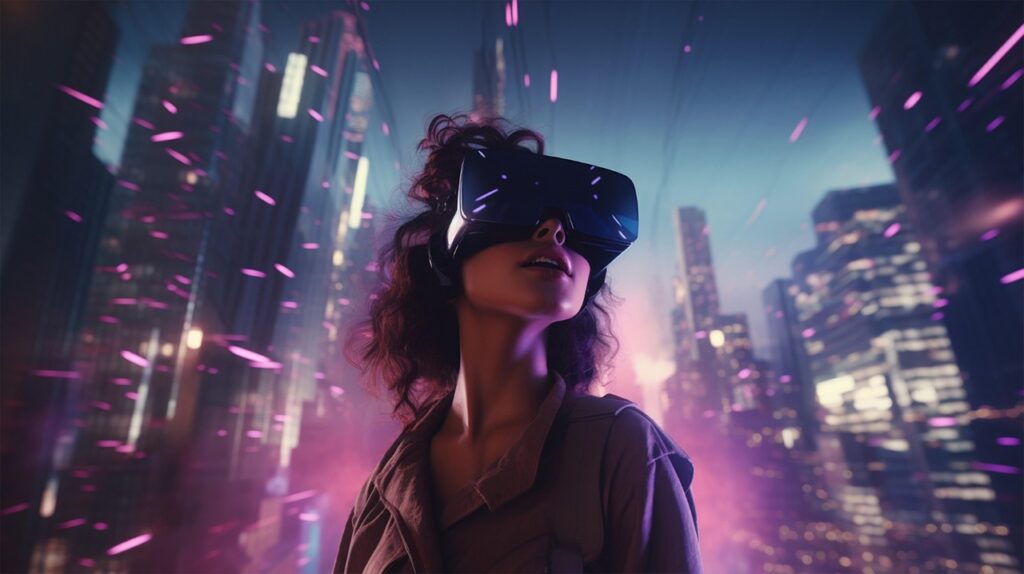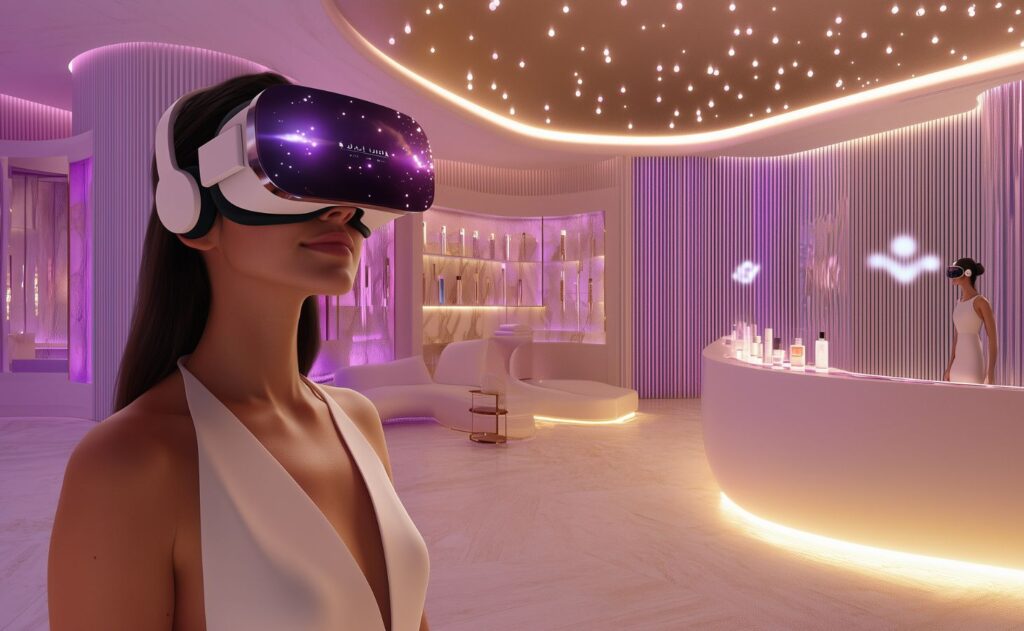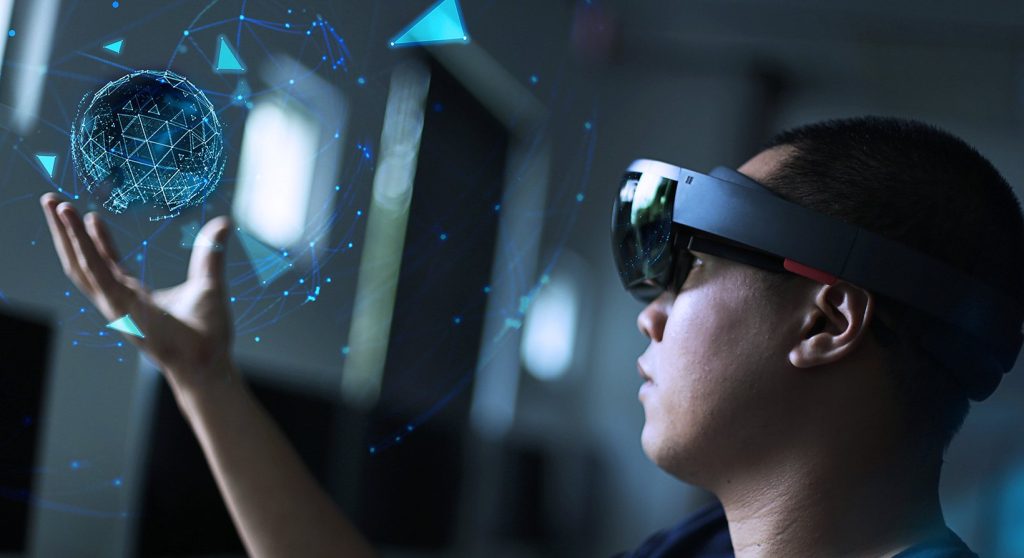What are Immersive Technology Trends in 2023?
In the dynamic landscape of technology trends in 2023, several exciting developments are driving innovation and shaping the way we interact with the world around us. These trends encompass a wide range of industries and applications, offering transformative possibilities for businesses, individuals, and societies as a whole.
Contact us today to learn how we can turn your vision into a reality!
1. XR in Training and Education
Recently, companies have started using more technology for training. At first, they did this because traveling was hard, and meeting in person wasn’t always possible. They discovered that using XR (like VR and AR) saved them money, made things faster, and made training safer. In 2023, more people are using XR because it’s better and easier to use.
Sectors like Hospitals, Flying, Making things, and Schools are using XR a lot now. It’s helping workers all over the world. Some experts think using VR in schools could be worth over $32.9 billion by 2026. This year, 2023, we’ll see even more XR used in jobs and schools, improving training and learning. It can help with practicing skills, understanding things, and remembering them.
For students, learning with XR helps them think better and learn faster. So, schools should think about using more technology. XR is great for the teaching and training industry. It can make learning fun and natural for students of all ages. With new and better XR tools, we think more schools and companies will use XR in 2023.

2. Avatars and Digital Identities
In the ever-evolving tapestry of technology trends in 2023, avatars and digital identities stand out as a profound transformation in how we perceive ourselves and interact with the digital world. Avatars, once limited to gaming and virtual spaces, are now becoming sophisticated representations that bridge the gap between our physical and digital lives, giving rise to new dimensions of self-expression, communication, and even commerce.
The year 2023 witnesses the dawn of highly personalized avatars that closely mimic users’ physical appearances and behaviors. Thanks to facial recognition, motion capture, and AI advancements, individuals can create avatars that mirror their unique features, expressions, and mannerisms. These digital reflections offer a captivating way to communicate and connect, fostering a sense of presence and authenticity in virtual interactions.
As a testament to this evolution, the market for hyper-realistic avatars is projected to surpass $528 billion by 2030. With advancements in 3D modeling and animation technology, 2023 is anticipated to see an even greater demand for these life-like digital humans in XR experiences, blurring the lines between virtual and reality. Indeed, the XR landscape 2023 will be marked by revolutionary strides in hyper-realistic avatar integration.

3. XR Holoportation: Bridging Physical and Virtual Realities
One of the most captivating technology trends of 2023 is XR holoportation. This term refers to the ability to transport individuals as holographic avatars from one location to another in real-time. By merging virtual reality with telepresence technology, holoportation offers immersive communication and collaboration experiences previously thought to be the stuff of science fiction. Imagine attending a meeting or a family gathering as a lifelike hologram, transcending geographical boundaries and bringing people together in unprecedented ways.
Microsoft, for instance, delves deeper into this arena with their Holoportation™ initiative, aimed at 3D capturing and relaying via the HoloLens system. The potential of XR-based holoportation is expected to grow throughout 2023, unlocking fresh opportunities across sectors, from education to collaborative work, and replicating a sense of physical presence.
4. AI-Powered Immersive Experiences
The fusion of Artificial Intelligence (AI) and extended reality is reshaping how we experience digital content. In 2023, AI is revolutionizing immersive experiences by analyzing user behavior and preferences to create personalized and responsive virtual environments. Whether it’s tailoring a virtual gaming landscape, adapting augmented reality overlays to individual interests, or enhancing training simulations, AI-driven immersion marks a significant step forward in the convergence of technology and personalization.

5. XR in Healthcare
The healthcare industry is witnessing a profound transformation through XR technologies in 2023. From medical training and surgery simulations to patient care and therapy, extended reality is revolutionizing how healthcare professionals operate and how patients experience treatment.
XR simulations allow medical students and professionals to practice surgeries, medical procedures, and patient interactions in a risk-free virtual environment. This trend not only enhances the quality of medical education but also contributes to improved patient outcomes as healthcare providers refine their skills before entering the operating room.
Contact us to learn how we can help you maximize your business!
👋 get in touch
By clicking the “send” button, I agree to the collection and processing of my personal data as described in the Privacy Policy.




